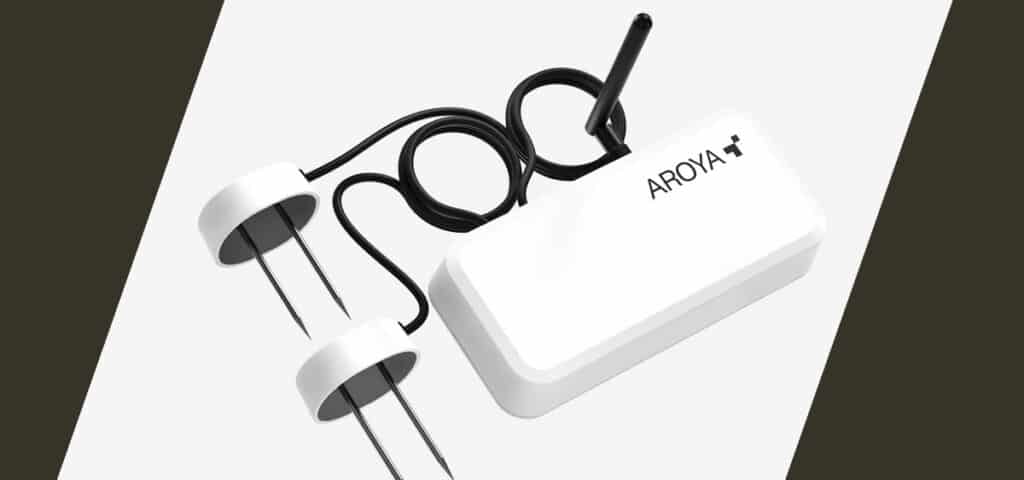When it comes to taking moisture measurements, not all sensors are created equal. Here’s the challenge…
Growing outdoors in soil versus growing in a greenhouse or indoor environment using Rockwool or other substrate materials, is not the same. The main reason is that the electrical conductivity (EC) in soil is typically less than 0.5 dS/m. On the other hand, substrate materials contain much more water than soil, and this water typically has higher conductivity due to the much higher nutrient concentration. As a result, EC values are typically 10-20 times higher in substrate materials than in soil.
And yet, all the instruments cultivators use to take moisture measurements were designed only with soil in mind. These instruments are not new; they’ve been around for 50 years and have served traditional agriculture well. But when we tried to use such instruments in greenhouse environments in recent years, the limitations of these technologies became apparent.
Consider a sample material between two electrodes. If the material is conductive, the system can be represented as a capacitance and a resistance in parallel. The capacitance accounts for the amount of water in this supposedly porous material; the resistance (reciprocal of conductance) accounts for the presence of dissolved nutrients. Low-cost moisture sensors have traditionally relied upon a technique known as capacitance measurement. But the fact is, attempting to measure just the capacitance of a conductive sample is very difficult.
We developed the new TEROS ONE substrate sensor to address these limitations. The approach is to measure both capacitance and conductance at once – not just capacitance. Known as complex dielectric measurement, this technique permits measuring both water content and electrical conductivity with the same instrument. Through lab testing, we discovered the following:
When measuring permittivity and conductivity in water or standard solvents, the TEROS ONE yields accurate measurements of dielectric and conductivity for EC values up to 20 dS/m. That’s equivalent to roughly half the conductivity of the ocean.
We also tested the TEROS ONE in Rockwool and compared it to a competing sensor. Salinity has no impact on dielectric measurements, hence on water content estimates, and this is what we observed with the TEROS ONE. However, when we tried the same test using a capacitance sensor, we found that the conductivity of water does impact measurements – resulting in incorrect water content estimates. Likewise, pore water EC estimates with this capacitance sensor are severely affected by water salinity.
Visit Aroya.io to download the complete scientific paper: Dielectric-based moisture measurements.
